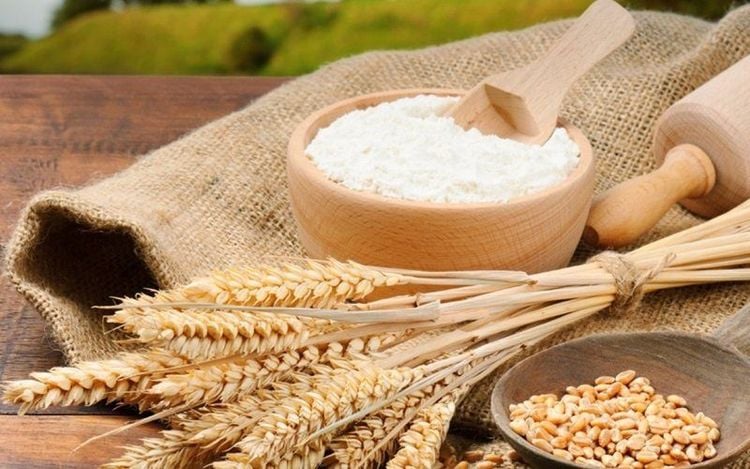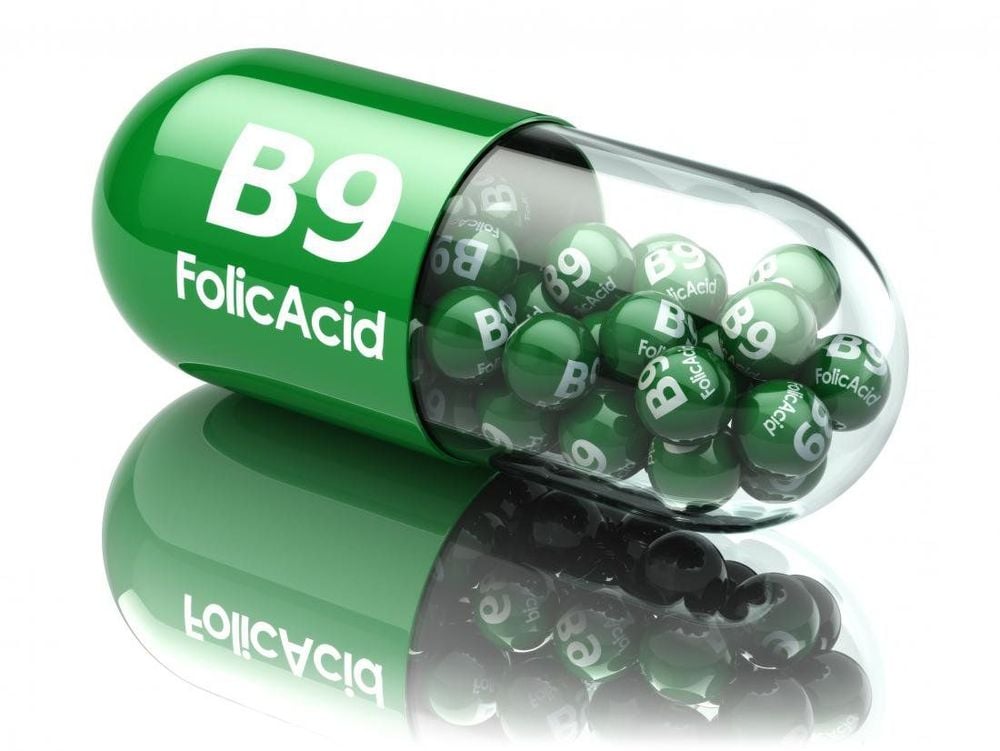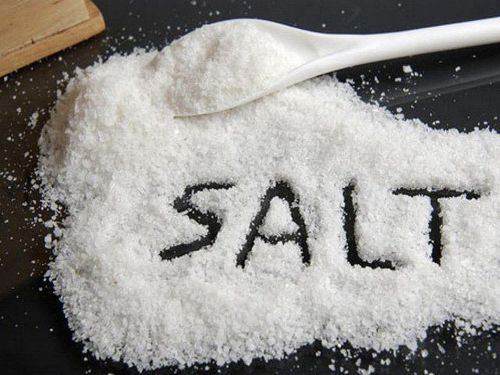Cream of Wheat is one of the most popular breakfast foods. It is made from wheat flour, which is a hot cereal made from ground wheat. Cream of Wheat mix is often combined with milk or water. Despite its popularity, it is uncertain whether Cream of Wheat can be a nutritious addition to a balanced diet.
1. Cream of wheat
Cream of Wheat is a breakfast porridge mix made from the kernels of wheat flour. It looks like grits but has a smoother texture because it is made from ground wheat instead of ground corn. It was first produced in the United States in 1893 by the Grand Forks, North Dakota grist mills.
The product first appeared at the 1893 World's Columbian Exposition in Chicago, Illinois. Before January 2007, Cream of Wheat was a Nabisco brand produced by the Kraft Foods Company. And then it was acquired by B&G Food Company and all the rights to it.

2. Benefits of Wheat Cream
2.1. Nutritional value of Wheat Cream
Wheat Cream may be associated with some health benefits. Because it is a food rich in nutrients as well as important micronutrients, and at the same time, Wheat Cream is low in calories.
241 grams of cooked cream of wheat provide approximately: 133 calories, 4 grams of protein, 0.5 grams of fat, 28 grams of carbs, 1 gram of fiber, 58% of the recommended daily intake of iron, 39% of niacin, 38% of vitamin B1, 37% of thiamin, 33% of riboflavin, 33% of folate, 13% of selenium, 11% of calcium, 11% of copper, etc
Cream of wheat is particularly rich in B vitamins, which are linked to a variety of health issues. B vitamins activate a variety of enzymes for energy production, cholesterol, brain function, and DNA synthesis.
The folate in cream of wheat has been linked to a reduced risk of colorectal cancer.
Cream of wheat is also high in selenium, a micronutrient that doubles as an antioxidant that reduces inflammation and protects against disease.

2.2. Iron and Calcium Sources for Vegetarians
Iron is an important mineral needed for oxygen transport, DNA synthesis, and red blood cell production. The body depends on iron for proper oxygen transport—it helps red blood cells carry fresh oxygen away from the lungs—and for storing oxygen. It also helps your white blood cells function, fighting infections.
A deficiency in this important nutrient can contribute to iron deficiency anemia, a serious condition caused by a lack of healthy red blood cells in the body. Because iron is mainly found in animal-based foods, many vegetarians and vegans may be at higher risk of iron deficiency anemia.
Cream of Wheat is enriched with iron, making it an excellent and vegan-friendly food source for those at risk of deficiency of this micronutrient.
The calcium in cream of wheat helps support nerve function, activates enzymes needed for muscle contraction and contributes to strong bones.
2.3. Cream of Wheat is easy to use
Cream of Wheat is delicious, versatile,e and easy to enjoy in many different ways. It can be made with water or milk and cooked in the microwave, or on the stove... depending on each person's preference.
In addition, you can also add options to the cream of wheat by adding sugar, syrup, fruit, nuts, spices, salt, cheese or butter.

3. Some Disadvantages of Cream of Wheat
While Cream of Wheat offers some potential benefits to the body, it also has some disadvantages that need to be considered and weighed when using it.
3.1. Cream of Wheat Contains Gluten
Cream of Wheat is a wheat flour or a cereal made from ground wheat. For this reason, Cream of Wheat contains gluten - a group of proteins found in cereals that give flour its characteristic elasticity.
While most people who tolerate gluten do not have any health problems, those with celiac disease or gluten sensitivity may experience adverse side effects after eating foods containing gluten.
For people with celiac disease, consuming foods containing gluten can trigger an immune response, causing digestive problems such as diarrhea, constipation and stomach pain.
People with gluten sensitivity often report symptoms after consuming foods containing gluten such as bloating, nausea, fatigue, and brain fog - a condition characterized by an inability to concentrate.
Therefore, a gluten-free diet, which eliminates cream of wheat products, as well as wheat, barley, and rye, may help alleviate symptoms for people with either condition.
3.2. Cream of Wheat is High in Sodium
According to the most recent Dietary Guidelines for Americans, sodium intake should be limited to about 2,300 mg per day for most healthy adults. Cream of Wheat is relatively high in sodium, with about 590 mg of sodium per cooked cup (241 grams). This is 25% more than the recommended daily limit.

Other versions of regular Cream of Wheat are low in sodium but are processed with salt, which can increase the sodium content of the final product. Additionally, certain toppings such as cheese or nuts can also increase the sodium content of Cream of Wheat.
Some studies have shown that reducing sodium intake in the diet can help lower blood pressure levels, especially in people with high blood pressure. Furthermore, studies have also shown that consuming high amounts of sodium may be associated with an increased risk of stomach cancer. Additionally, high salt intake may increase calcium excretion in the urine, potentially leading to bone loss.
Therefore, it is important to moderate your intake of cream of wheat and other foods high in sodium to prevent adverse health effects.
Cream of wheat is an excellent source of several important nutrients, including niacin, vitamin B6, thiamine, riboflavin, and folate. It is also rich in iron, an important mineral that many vegetarians and vegans are deficient in. However, it may not be a great dietary addition for everyone, as it contains gluten and is relatively high in sodium. But depending on each type, each user can adjust the preparation and processing method accordingly.
SEE MORE
- What is Celiac disease (Gluten intolerance)? Symptoms and causes
- Learn about the gluten-free diet
- Notes on treatment and diet when suffering from Celiac disease (Gluten intolerance)
To arrange an appointment, please call … or make your reservation directly HERE. You may also download the MyVinmec app to schedule appointments faster and manage your reservations more conveniently.








